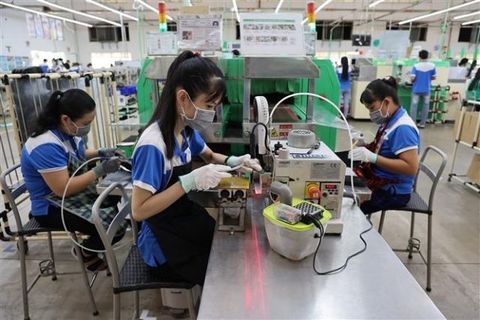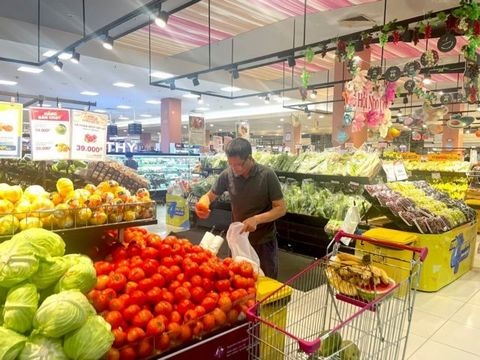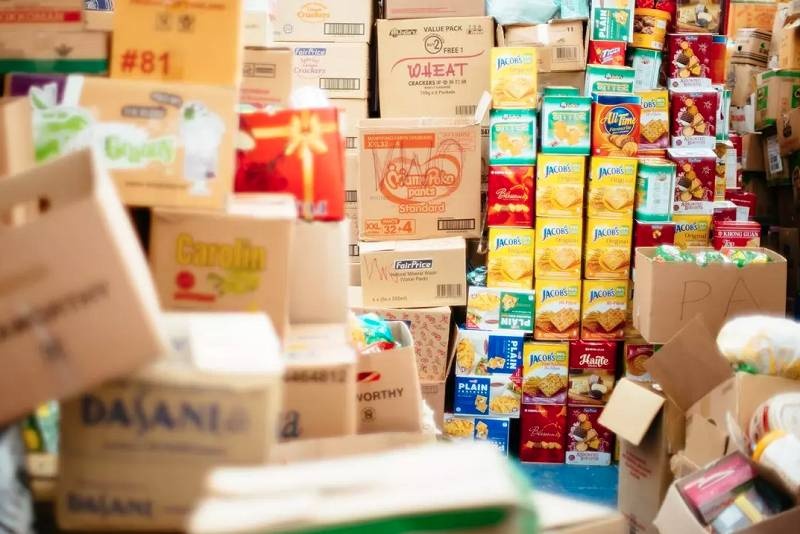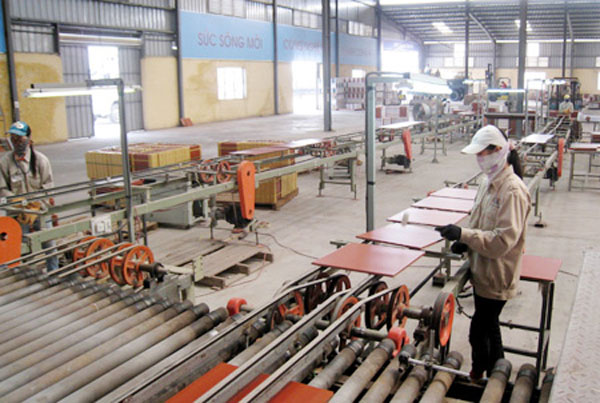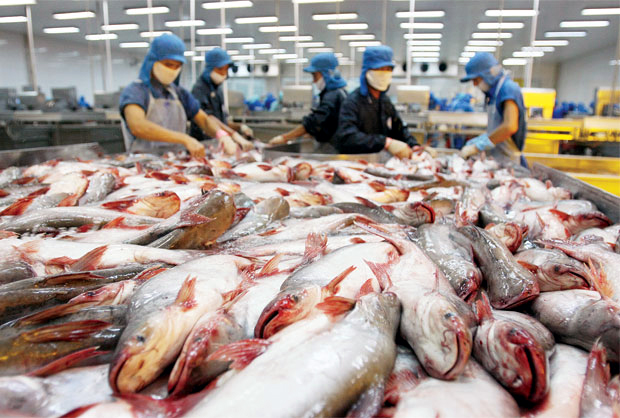Domestic cassava businesses go in search of new markets
Domestic cassava businesses go in search of new markets
Vietnamese cassava businesses should look for new export markets to avoid dependence on the Chinese market, the chairman of Viet Nam Cassava Association (VCA) told Thoi bao Kinh te Viet Nam (Vietnam Economic Times) newspaper.

Nguyen Van Lang said most of the cassavas were exported to China, leading to price uncertainties, while China has recently limited purchases, citing a price squeeze.
However, China is still the largest cassava import market for Viet Nam, accounting for 84.65 per cent of market share. Last year, it saw an increase of 18 per cent over 2013.
The country last year exported 3.29 million tonnes of sliced cassava and cassava products, earning an export turnover of $1.3 billion, an increase of 5.4 per cent in volume and .6 per cent in value compared to 2013, according to the Ministry of Agriculture and Rural Development,
Pham Vu Ha, general secretary of VCA, said for the last 20 years Viet Nam's cassava processing sector had not invested in technology to improve quality and build trademarks.
As a result, Viet Nam's cassava trademark did not equal that of Thailand's.
Thus, domestic businesses would need to review changes, for instance, and invest in starch processing instead of production only.
Businesses could also make processed products such as foodstuff or ethanol to increase product value.
Ha said to promote ethanol production and consumption, the State needed to issue financial support policies for producers, distributors and consumers.
For a long period, the cassava sector would have to decrease raw cassava exports to focus on satisfying domestic production.
Moreover, there would be some adjustment in cassava growing and production in order to promote sustainability, Tran Xuan Dinh, deputy head of Cultivation Department, said.
For instance, the country's cassava growing area would be reduced from 549,000 in 2014 to 500,000 ha by 2017 and to 450,000 ha by 2020.
The harvested cassava output would be stabilised at 11 million tonnes.
According to the Cultivation Department, cassava has been grown in mass quantities with unplanned development, leading to low productivity.
Last year, cassava productivity was 18.2 tonnes per ha, much lower than India (31.43) and Thailand (21.09).
There are still now many diversified products because of poor varieties, and the link between producers and processors is not close.
Moreover, cassava-starch processing facilities have caused environmental pollution in many localities.
Exports
In the first six months of last year, sliced cassava exports fell by 24 per cent over the same period in 2013. The sliced cassava in storage at factories doubled compared to 2013.
This occurred because Thai businesses had exported a high volume of sliced cassava at lower prices, which led to more purchases made by Chinese importers.
For the remaining months, the market has gradually recovered. By October, the Vietnamese businesses sold out all the cassava in storage.
In the fourth quarter of last year, the cassava export price was US$252 per tonne, an increase of $20 per tonne.
However, the businesses at that time did not make a profit because last year's transportation fee increased 1.5-2 times compared to 2013.
The sliced cassava price is expected to increase only slightly this year.


